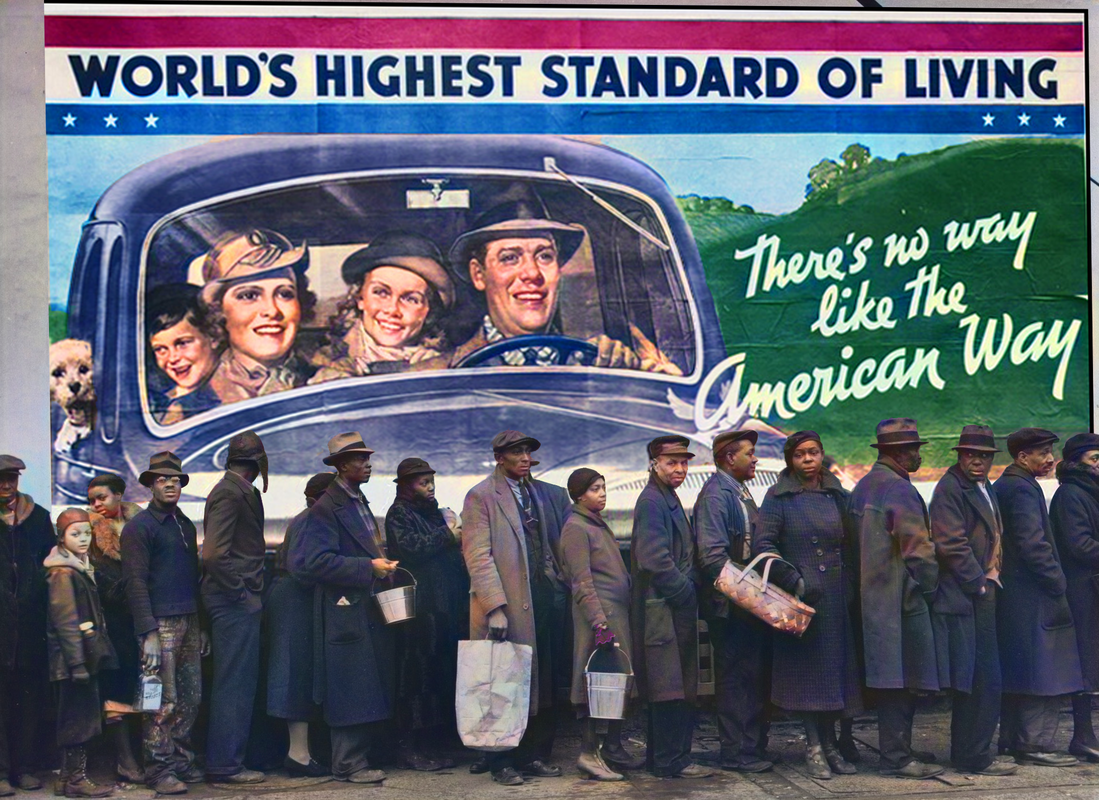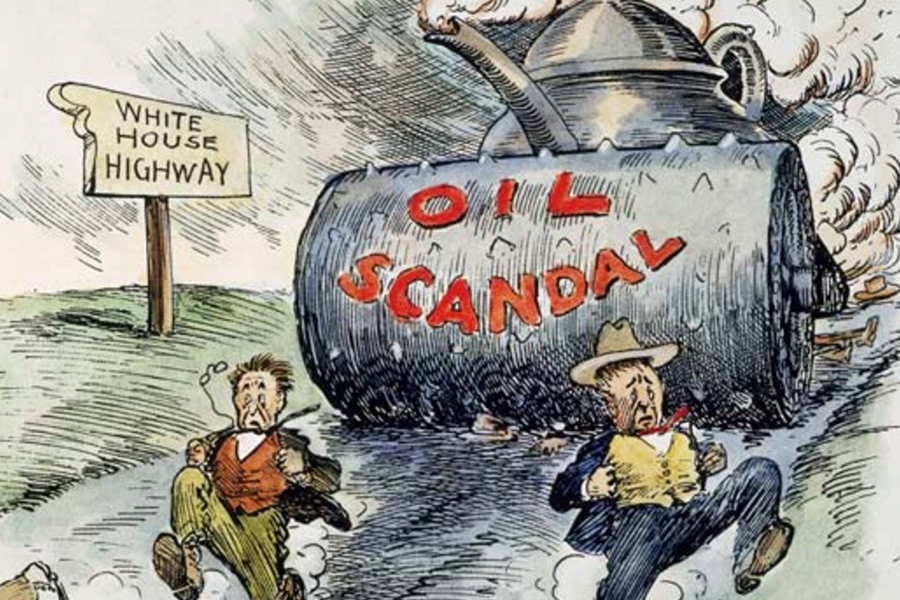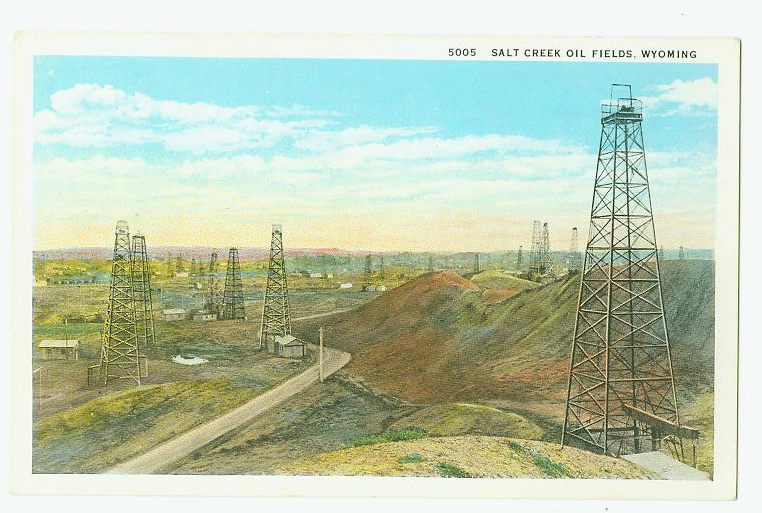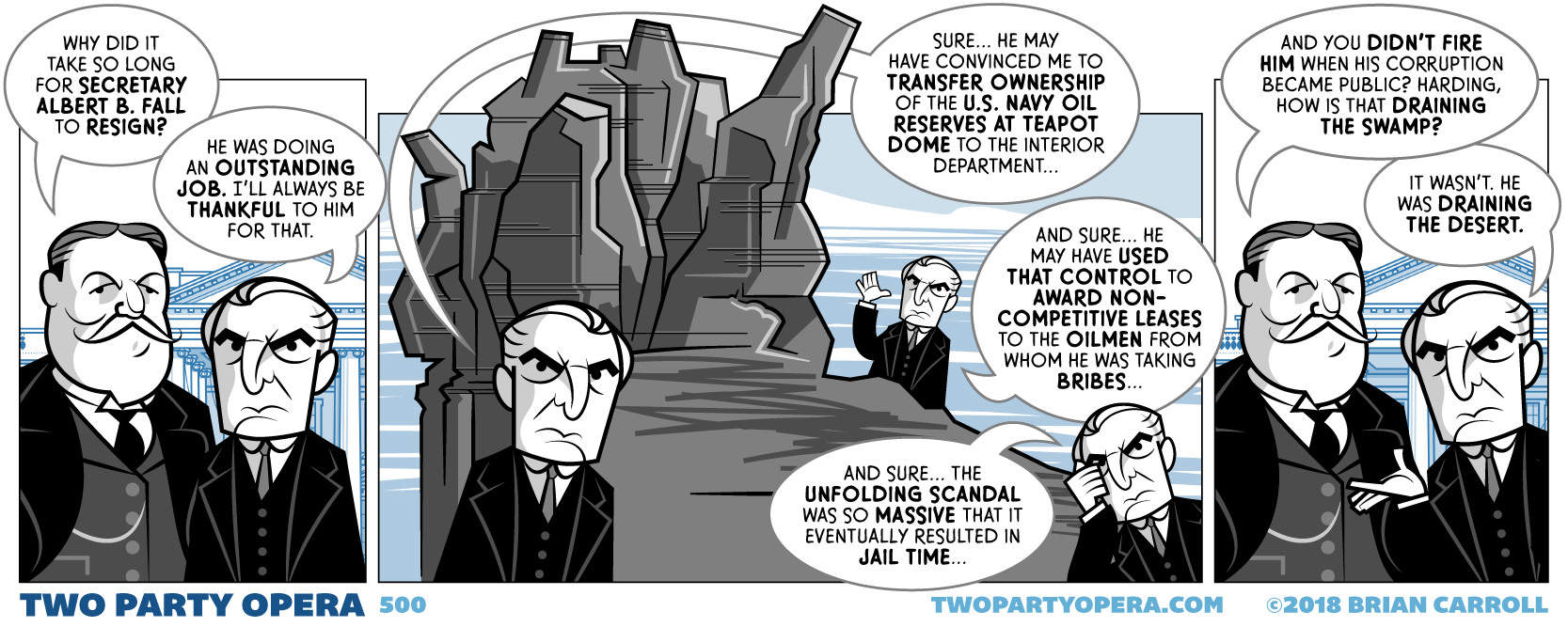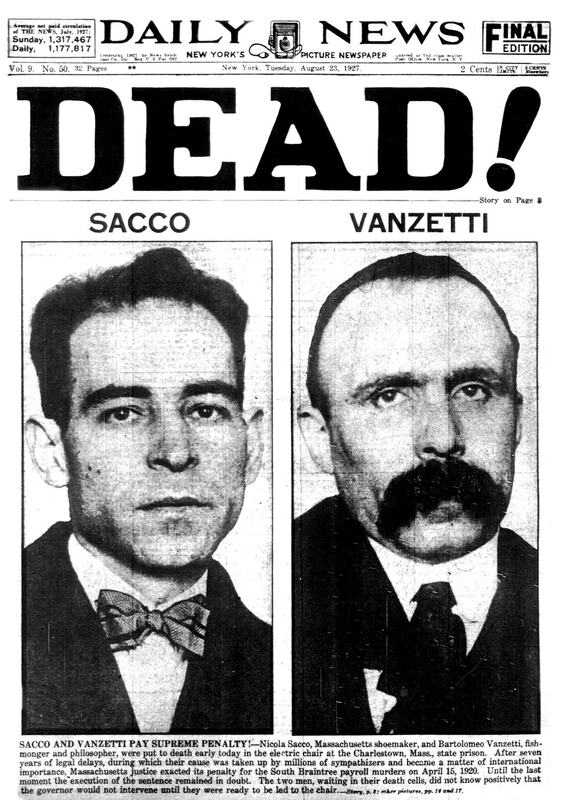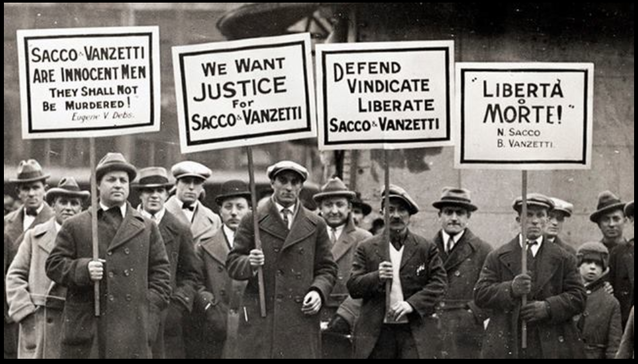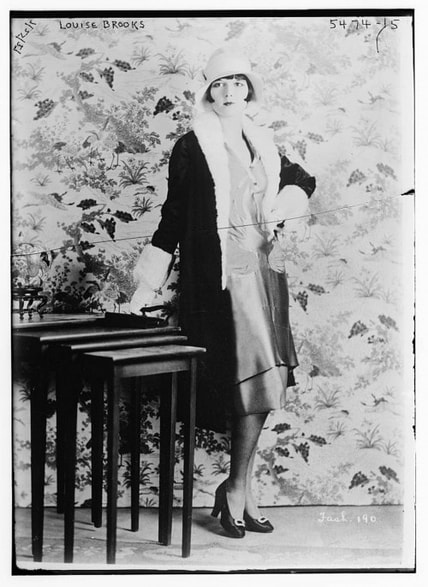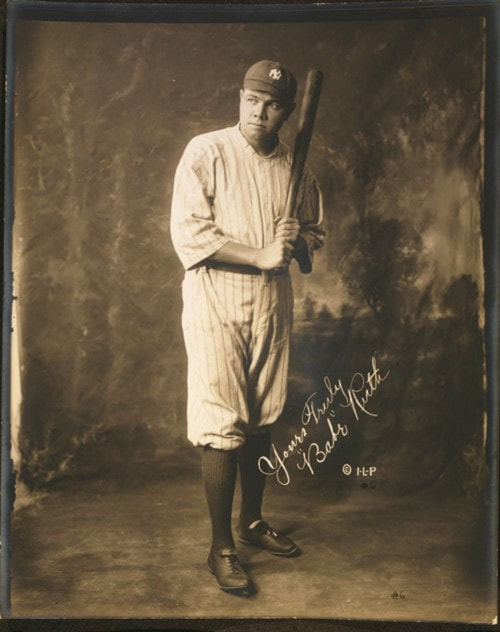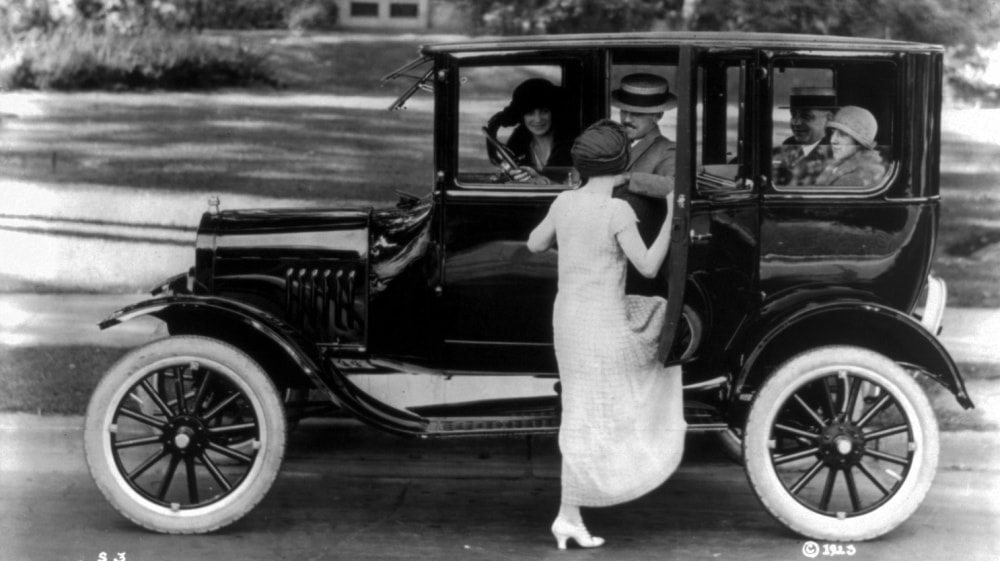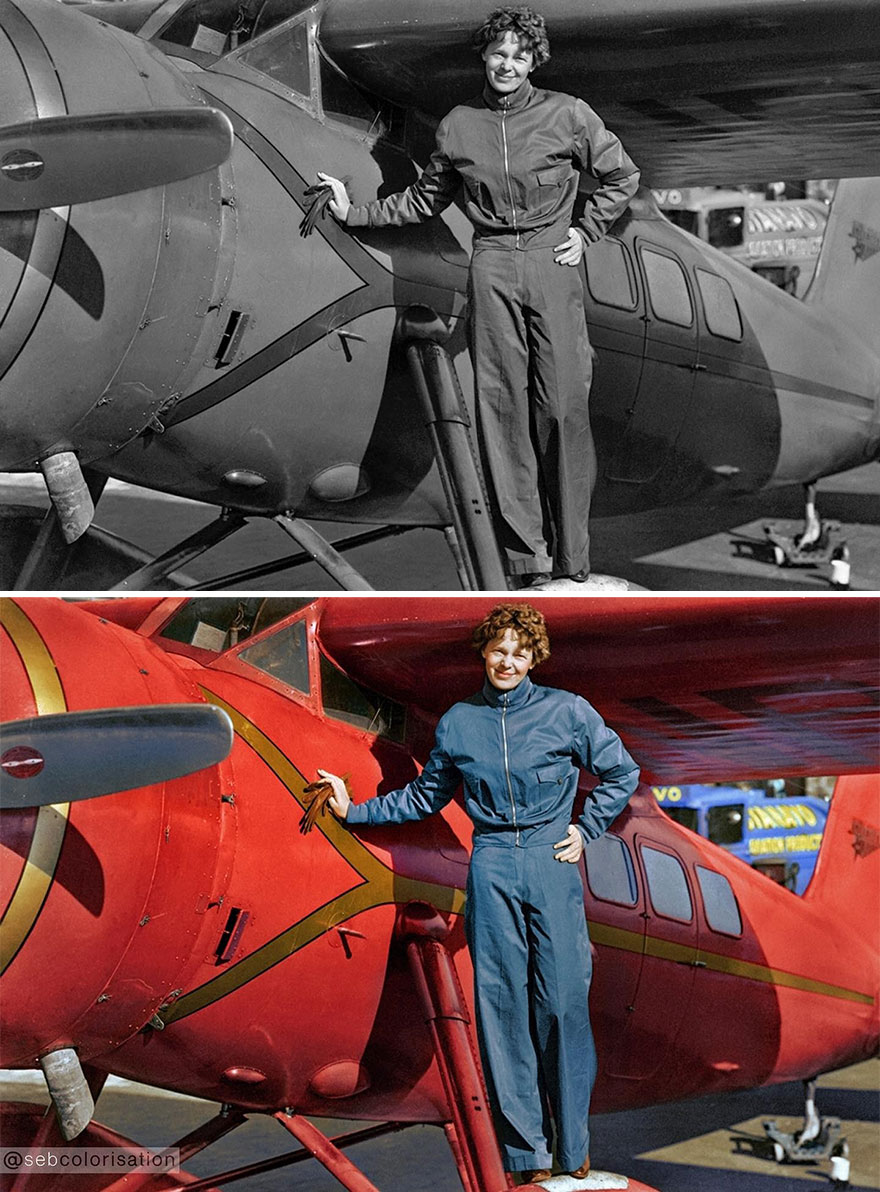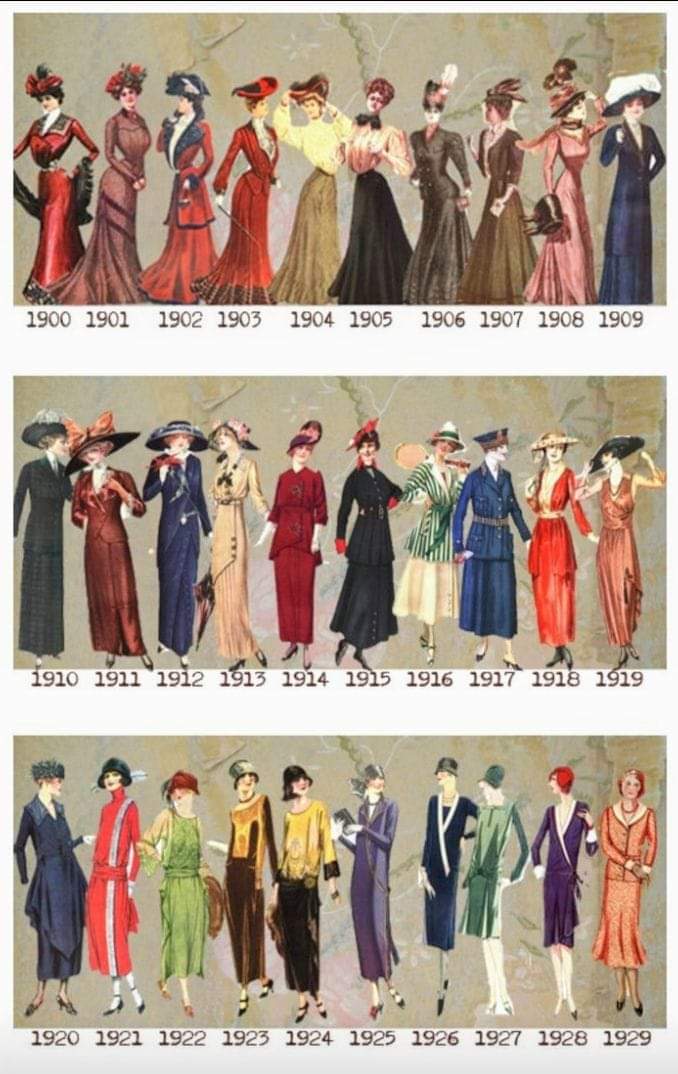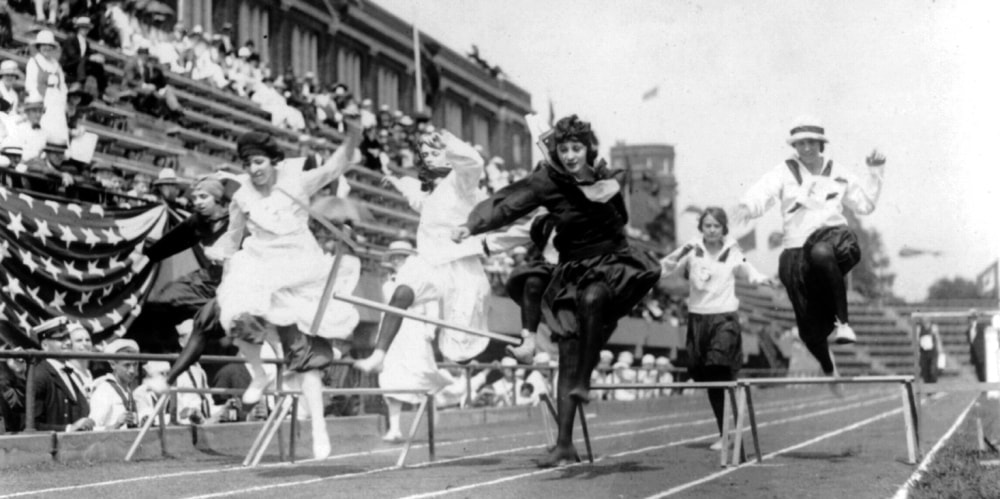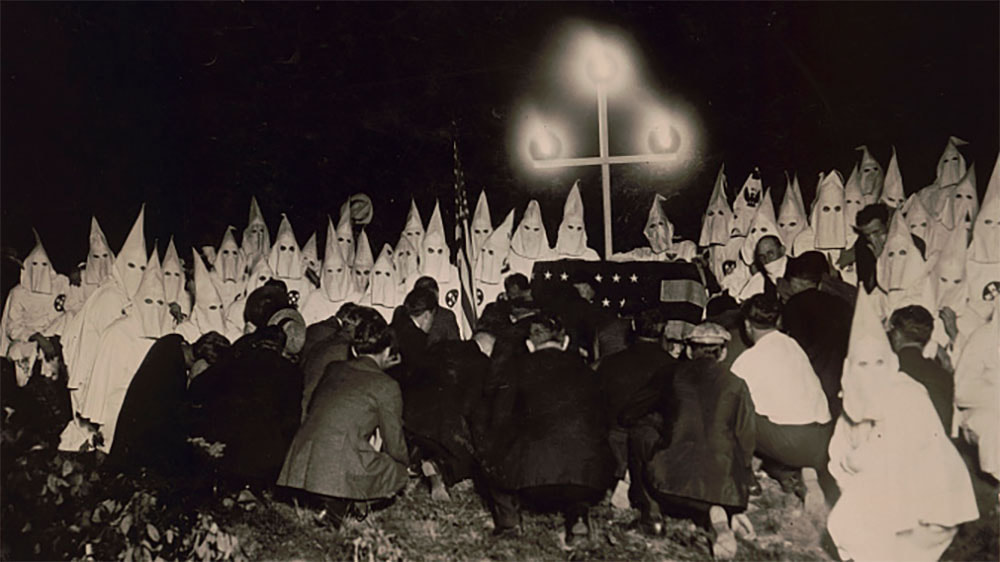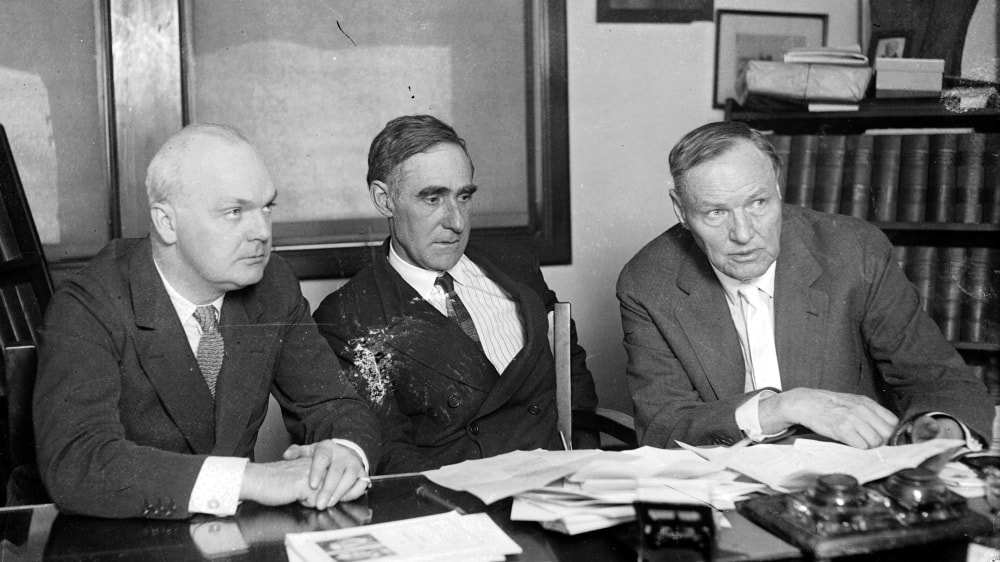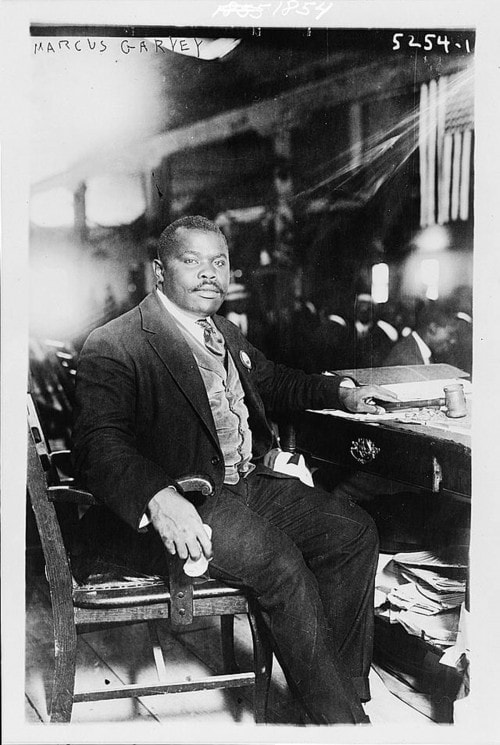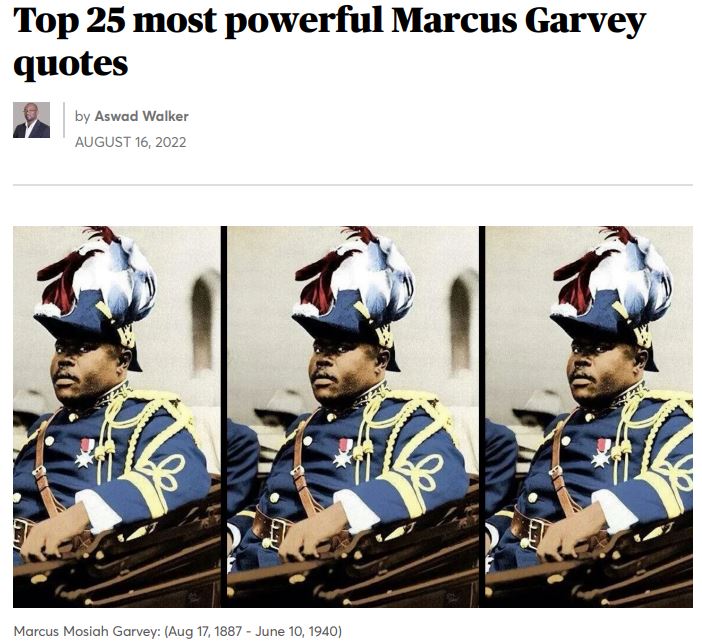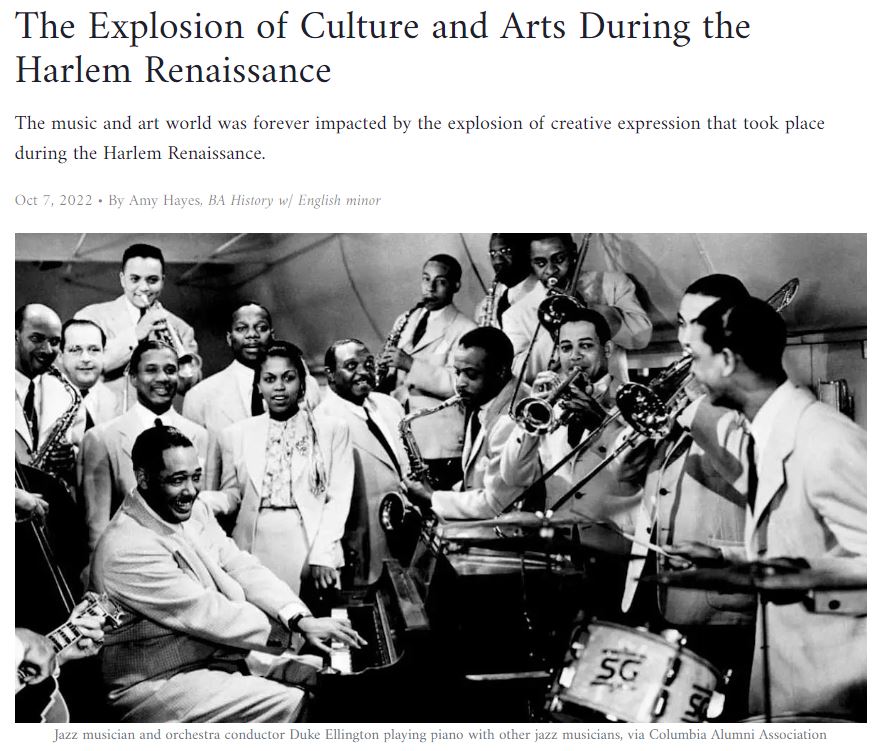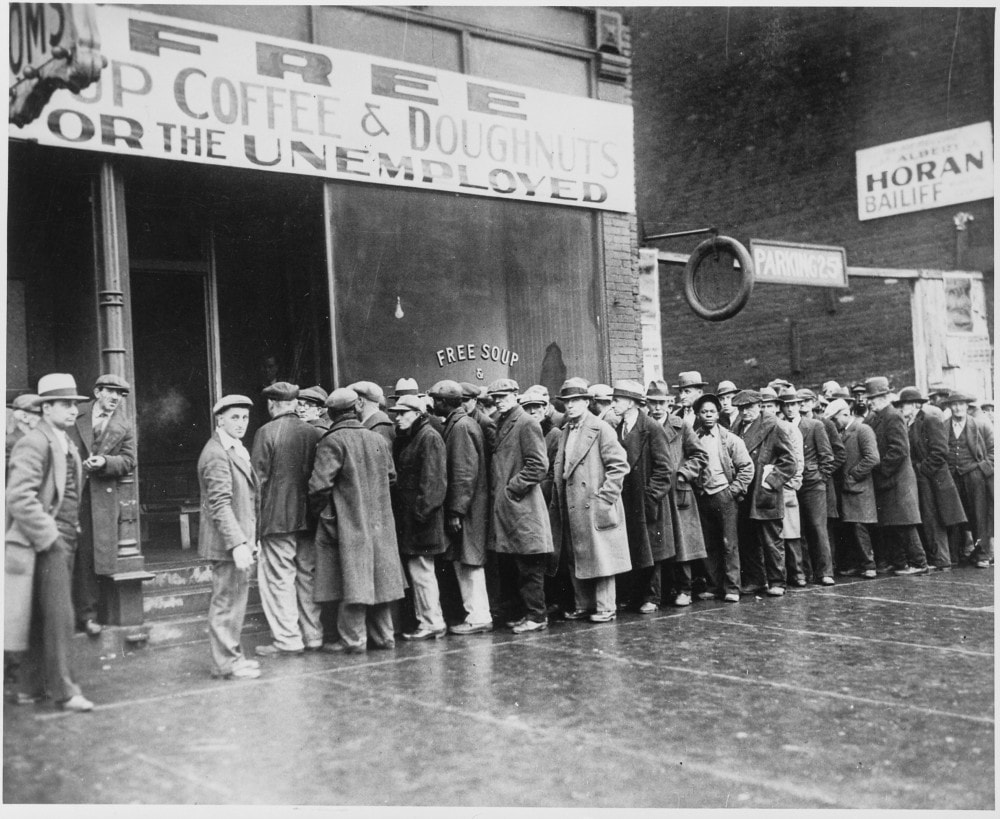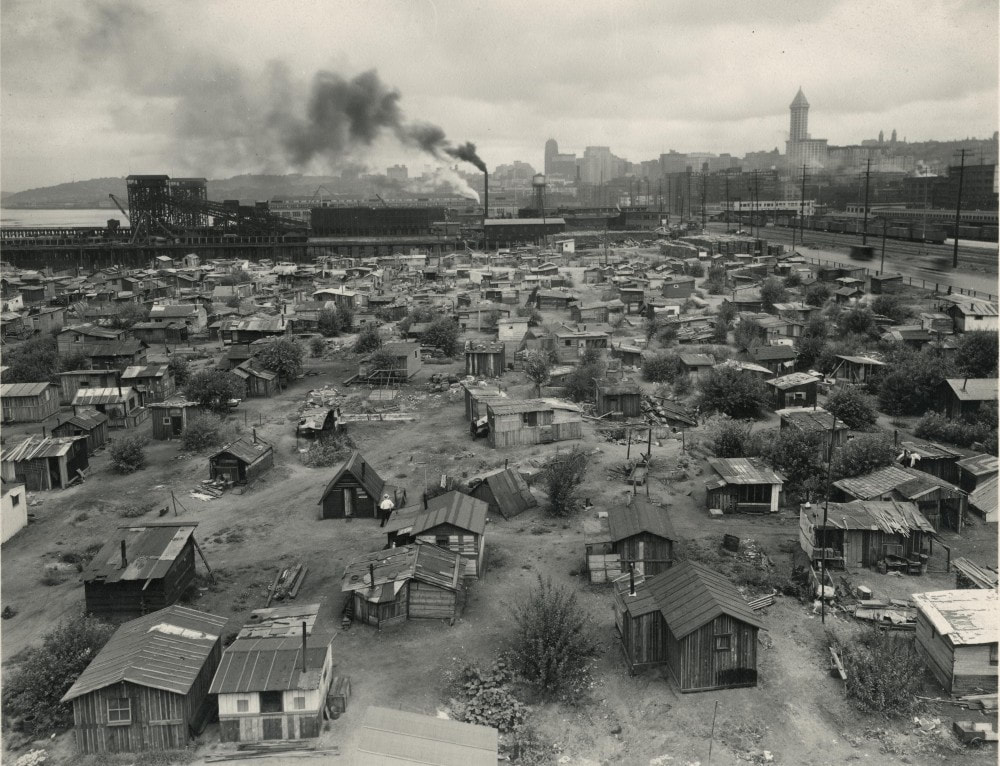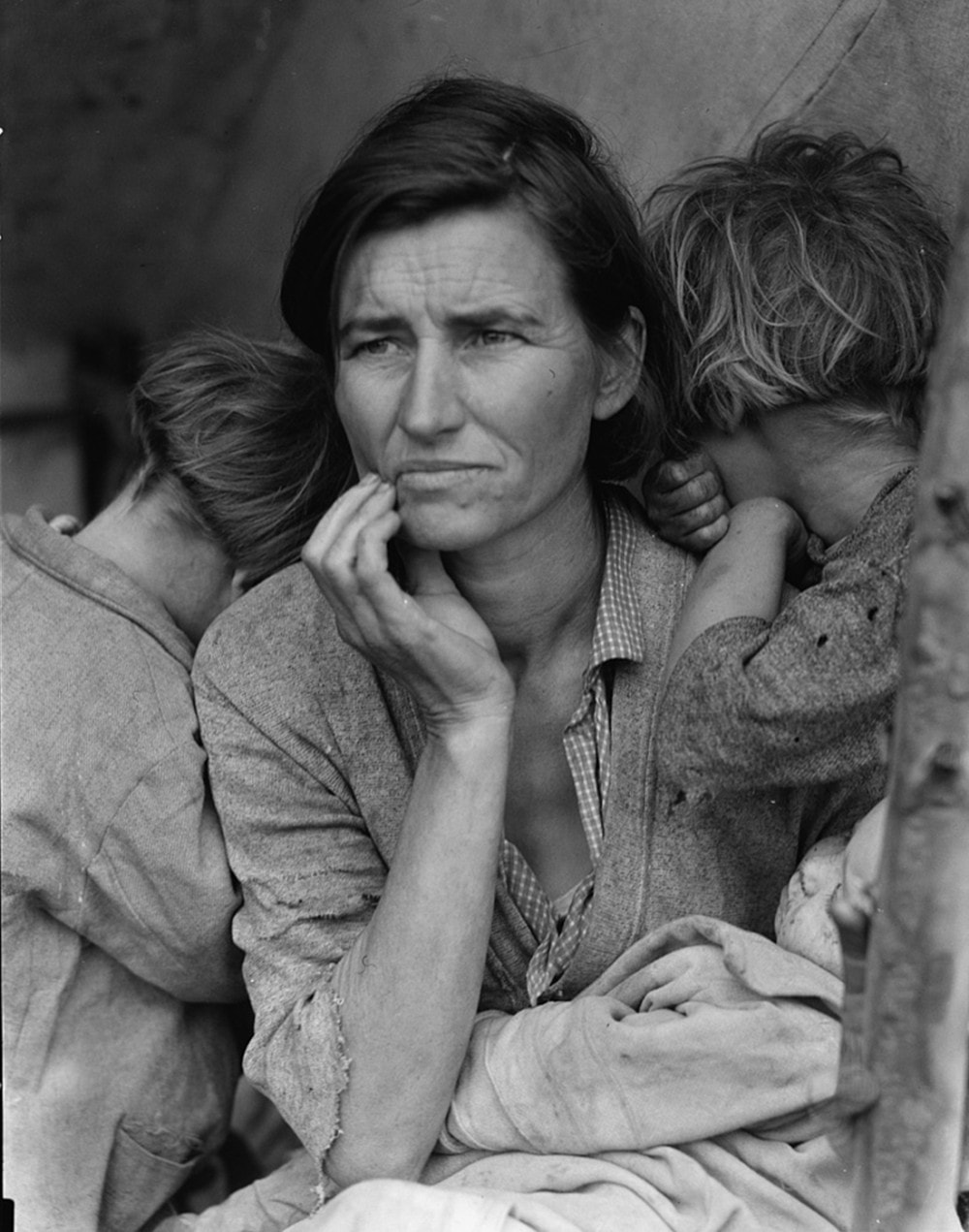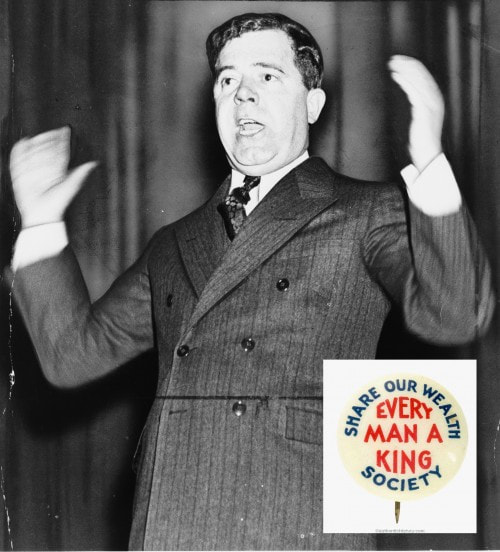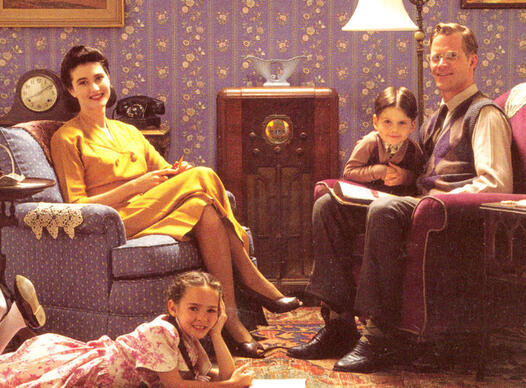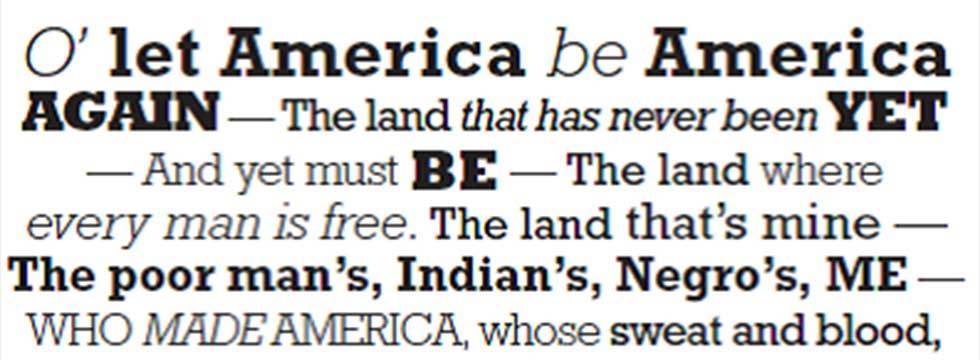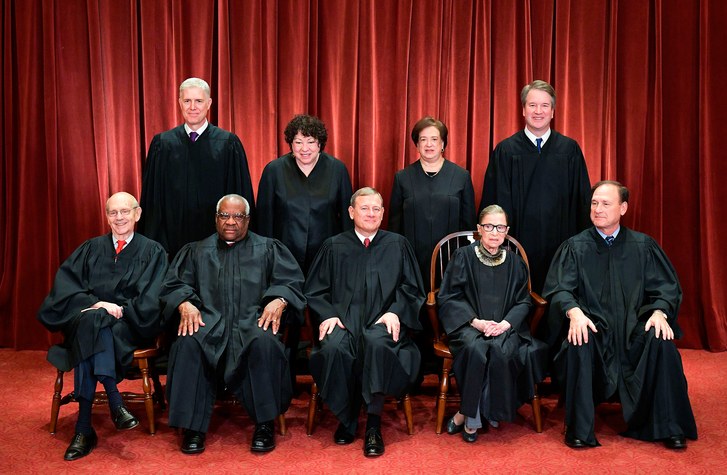The Great Depression
1920s-1930s
Contents
The Great Depression, 1920s-1930s:
Politics of the 1920s
The Teapot Dome scandal was the greatest political scandal to rock the U.S. government until the Watergate Affair that led to Richard Nixon's resignation of the presidency.
|
Politics of the 1920s
|
Politics of the 1920s Quizlet
|
|
Italian anarchist immigrants Sacco and Vanzetti were convicted of armed robbery and murder based on flimsy evidence and executed. They exemplify American nativist sentiment during the post-World War I Red Scare.
|
Review:
- How did domestic and foreign policy change direction under Harding and Coolidge?
Society of the 1920s
|
This “new breed” of women – known as the flapper – went against the gender proscriptions of the era, bobbing their hair, wearing short dresses, listening to jazz, and flouting social and sexual norms. While liberating in many ways, these behaviors also reinforced stereotypes of female carelessness and obsessive consumerism that would continue throughout the twentieth century. Library of Congress.
|
Babe Ruth’s incredible talent accelerated the popularity of baseball, cementing it as America’s pastime. Ruth’s propensity to shatter records made him a national hero. Library of Congress.
|
Side view of a Ford sedan with four passengers and a woman getting in on the driver’s side, ca.1923. Library of Congress, LC-USZ62-54096.
|
Society of the 1920s
Amelia Earhart was the first female aviator to fly solo across the Atlantic Ocean. She disappeared while crossing the Pacific Ocean in 1939 during an attempted circumnavigation of the world.
|
Society of the 1920s Quizlet
“Women competing in low hurdle race, Washington, D.C.,” ca. 1920s. Library of Congress (LC-USZ62-65429)
|
|
This photo by popular news photographers Underwood and Underwood shows a gathering of a reported three hundred Ku Klux Klansmen just outside Washington DC to initiate a new group of men into their order. The proximity of the photographer to his subjects for one of the Klan’s notorious night-time rituals suggests that this was yet another of the Klan’s numerous publicity stunts. Underwood and Underwood, “Klan assembles Short Distance from U.S. Capitol,” (ca. 1920’s). Library of Congress.
|
During the Scopes Trial, Clarence Darrow (right) savaged the idea of a literal interpretation of the Bible. “Dudley Field Malone, Dr. John R. Neal, and Clarence Darrow in Chicago, Illinois.” The Clarence Darrow Digital Collection, University of Minnesota.
|
Review:
- How did the booming economy of the 1920s lead to changes in Americans life?
- How did Americans differ on major social and cultural issues?
The Harlem Renaissance
|
Garveyism, criticized as too radical, nevertheless formed a substantial following, and was a major stimulus for later black nationalistic movements. Photograph of Marcus Garvey, August 5, 1924. Library of Congress.
|
|
The Harlem Renaissance
|
The Harlem Renaissance Quizlet
|
Review:
- How did African Americans express themselves during the Harlem Renaissance?
The Great Depression
|
Crowds of people gather outside the New York Stock Exchange following the crash of 1929. Library of Congress.
|
Unemployed men queued outside a depression soup kitchen opened in Chicago by Al Capone. February 1931. Wikimedia.
|
A Hooverville in Seattle, Washington between 1932 and 1937. Washington State Archives.
Review:
- How did prosperity of the 1920s give way to the Great Depression?
- How did the Great Depression affect the lives of urban and rural Americans?
- Why did Herbert Hoover's policies fail to solve the country's economic crisis?
The New Deal
|
This iconic 1936 photograph by Dorothea Lange of a destitute, thirty-two-year-old mother of seven made real the suffering of millions during the Great Depression. Library of Congress.
|
Huey Long was an indomitable force who campaigned tirelessly for the common man during the Great Depression. He demanded that Americans “Share the Wealth.” Wikimedia.
|
Review:
- How did the New Deal attempt to address the problems of the depression?
- How did the New Deal change the social, economic, and political landscape of the US for future generations?
- How did the men and women of the Depression find relief from their hardships in the popular culture?
Assignments and Readings
|
|
Your browser does not support viewing this document. Click here to download the document.
| ||||||
|
|
Your browser does not support viewing this document. Click here to download the document.
| ||||||
|
|
Your browser does not support viewing this document. Click here to download the document.
| ||||||
|
|
Your browser does not support viewing this document. Click here to download the document.
| ||||||
Old Time Radio
|
Your browser does not support viewing this document. Click here to download the document.
| ||||||
Let America Be America Again
| |||||||
Court Packing 2020
|
Your browser does not support viewing this document. Click here to download the document.
| ||||||||||||
Primary Sources
Warren G. Harding and the “Return to Normalcy” (1920)
Republican Senator and presidential candidate Warren G. Harding of Ohio delivered the following address to the Home Market Club of Boston on May 14, 1920. In it, Harding outlined his hope that the United States would, after a decade of progressive politics and foreign interventions, return to “normalcy.” In November, Harding received the highest percentage of the popular vote in a presidential election up to that time.
Crystal Eastman, “Now We Can Begin” (1920)
In the following selection, Crystal Eastman, a socialist and feminist, considered what women should fight for following the ratification of the Nineteenth Amendment, which granted American women the right to vote.
Explanation of the Objects of the Universal Negro Improvement Association (1921)
Inspired by the writings of Booker T. Washington, Jamaican-born Marcus Garvey became the most prominent Black Nationalist in the United States. He championed the back-to-Africa movement, advocated for black-owned businesses—he founded the Black Star Line, a transnational shipping company—and founded the Universal Negro Improvement Association. Thousands of UNIA chapters formed all across the world. In 1921, Garvey recorded a message in a New York studio explaining the object of the UNIA.
Hiram Evans on the “The Klan’s Fight for Americanism” (1926)
The “Second” Ku Klux Klan rose to prominence in the 1920s and, at its peak, claimed millions of Americans as members. Klansmen wrapped themselves in the flag and the cross and proclaimed themselves the moral guardians of America. The organization appealed to many “respectable,” middle-class Americans. Here, Imperial Wizard Hiram Evans, a dentist from Dallas, Texas, outlines the Second Klan’s potent mix of Americanism, Protestantism, and white supremacy.
Herbert Hoover, “Principles and Ideals of the United States Government” (1928)
Republican Herbert Hoover embodied the political conservatism of the 1920s. He denounced the regulation of business and championed the individual against “bureaucracy.” In November 1928, Hoover, a Protestant from the Midwest, soundly defeated Al Smith, an Irish Catholic from New York City. Here, in a speech delivered in late October, Hoover outlined his vision of American government.
Advertisements (1924)
In the 1920’s Americans across the country bought magazines like Photoplay in order to get more information about the stars of their new favorite entertainment media: the movies. Advertisers took advantage of this broad audience to promote a wide range of goods and services to both men and women who enjoyed the proliferation of consumer culture during this time.
Herbert Hoover on the New Deal (1932)
Americans elected a string of conservative Republicans to the presidency during the boom years of the 1920s. When the economy crashed in 1929, however, and the nation descended deeper into the Great Depression, voters abandoned the Republican Party and conservative politicians struggled to in office. In this speech on the eve of the 1932 election, Herbert Hoover warned against Franklin Roosevelt’s proposed New Deal.
Huey P. Long, “Every Man a King” and “Share our Wealth” (1934)
Amid the economic indignities of the Great Depression, Huey P. Long of Louisiana championed an aggressive program of public spending and wealth redistribution. Critics denounced Long, who served as both governor and a senator from Louisiana, as a corrupt demagogue, but “the Kingfish” appealed to impoverished Louisianans and Americans wracked by joblessness and resentful of American economic inequality. He was assassinated before he could mount his independent bid for the White House in 1936. In the following extracts from two of his most famous speeches, Long outlines his political program.
Franklin Roosevelt’s Re-Nomination Acceptance Speech (1936)
In July 27, 1936, President Franklin Roosevelt accepted his re-nomination as the Democratic Party’s presidential choice. In his acceptance speech, Roosevelt laid out his understanding of what “freedom” and “tyranny” meant in an industrial democracy.
Second Inaugural Address of Franklin D. Roosevelt (1937)
After winning a landslide victory in his 1936 quest for a second presidential term, President Franklin Roosevelt championed again the ambitious goals of his New Deal economic programs and their relationship to American democracy.
Lester Hunter, “I’d Rather Not Be on Relief” (1938)
Lester Hunter left the Dust Bowl for the fields of California and wrote this poem, later turned into a song by migrant workers in California’s Farm Security Administration camps. The “C.I.O.” in the final line refers to the Congress of Industrial Unions, a powerful new industrial union founded in 1935.
Family Walking on Highway (1936)
During her assignment as a photographer for the Works Progress Administration (WPA), Dorothea Lange documented the movement of migrant families forced from their homes by drought and economic depression. This family was in the process of traveling 124 miles by foot, across Oklahoma, because the father was unable to receive relief or WPA work of his own due to an illness.
“Bonus Army Routed” (1932)
This short newsreel clip made by British film company Pathé shows the federal government’s response to the thousands of WWI veterans who organized in Washington DC during the summer of 1932 to form what was called a “Bonus Army.” At the demand of attorney general, the marchers were violently removed from government property.
Republican Senator and presidential candidate Warren G. Harding of Ohio delivered the following address to the Home Market Club of Boston on May 14, 1920. In it, Harding outlined his hope that the United States would, after a decade of progressive politics and foreign interventions, return to “normalcy.” In November, Harding received the highest percentage of the popular vote in a presidential election up to that time.
Crystal Eastman, “Now We Can Begin” (1920)
In the following selection, Crystal Eastman, a socialist and feminist, considered what women should fight for following the ratification of the Nineteenth Amendment, which granted American women the right to vote.
Explanation of the Objects of the Universal Negro Improvement Association (1921)
Inspired by the writings of Booker T. Washington, Jamaican-born Marcus Garvey became the most prominent Black Nationalist in the United States. He championed the back-to-Africa movement, advocated for black-owned businesses—he founded the Black Star Line, a transnational shipping company—and founded the Universal Negro Improvement Association. Thousands of UNIA chapters formed all across the world. In 1921, Garvey recorded a message in a New York studio explaining the object of the UNIA.
Hiram Evans on the “The Klan’s Fight for Americanism” (1926)
The “Second” Ku Klux Klan rose to prominence in the 1920s and, at its peak, claimed millions of Americans as members. Klansmen wrapped themselves in the flag and the cross and proclaimed themselves the moral guardians of America. The organization appealed to many “respectable,” middle-class Americans. Here, Imperial Wizard Hiram Evans, a dentist from Dallas, Texas, outlines the Second Klan’s potent mix of Americanism, Protestantism, and white supremacy.
Herbert Hoover, “Principles and Ideals of the United States Government” (1928)
Republican Herbert Hoover embodied the political conservatism of the 1920s. He denounced the regulation of business and championed the individual against “bureaucracy.” In November 1928, Hoover, a Protestant from the Midwest, soundly defeated Al Smith, an Irish Catholic from New York City. Here, in a speech delivered in late October, Hoover outlined his vision of American government.
Advertisements (1924)
In the 1920’s Americans across the country bought magazines like Photoplay in order to get more information about the stars of their new favorite entertainment media: the movies. Advertisers took advantage of this broad audience to promote a wide range of goods and services to both men and women who enjoyed the proliferation of consumer culture during this time.
Herbert Hoover on the New Deal (1932)
Americans elected a string of conservative Republicans to the presidency during the boom years of the 1920s. When the economy crashed in 1929, however, and the nation descended deeper into the Great Depression, voters abandoned the Republican Party and conservative politicians struggled to in office. In this speech on the eve of the 1932 election, Herbert Hoover warned against Franklin Roosevelt’s proposed New Deal.
Huey P. Long, “Every Man a King” and “Share our Wealth” (1934)
Amid the economic indignities of the Great Depression, Huey P. Long of Louisiana championed an aggressive program of public spending and wealth redistribution. Critics denounced Long, who served as both governor and a senator from Louisiana, as a corrupt demagogue, but “the Kingfish” appealed to impoverished Louisianans and Americans wracked by joblessness and resentful of American economic inequality. He was assassinated before he could mount his independent bid for the White House in 1936. In the following extracts from two of his most famous speeches, Long outlines his political program.
Franklin Roosevelt’s Re-Nomination Acceptance Speech (1936)
In July 27, 1936, President Franklin Roosevelt accepted his re-nomination as the Democratic Party’s presidential choice. In his acceptance speech, Roosevelt laid out his understanding of what “freedom” and “tyranny” meant in an industrial democracy.
Second Inaugural Address of Franklin D. Roosevelt (1937)
After winning a landslide victory in his 1936 quest for a second presidential term, President Franklin Roosevelt championed again the ambitious goals of his New Deal economic programs and their relationship to American democracy.
Lester Hunter, “I’d Rather Not Be on Relief” (1938)
Lester Hunter left the Dust Bowl for the fields of California and wrote this poem, later turned into a song by migrant workers in California’s Farm Security Administration camps. The “C.I.O.” in the final line refers to the Congress of Industrial Unions, a powerful new industrial union founded in 1935.
Family Walking on Highway (1936)
During her assignment as a photographer for the Works Progress Administration (WPA), Dorothea Lange documented the movement of migrant families forced from their homes by drought and economic depression. This family was in the process of traveling 124 miles by foot, across Oklahoma, because the father was unable to receive relief or WPA work of his own due to an illness.
“Bonus Army Routed” (1932)
This short newsreel clip made by British film company Pathé shows the federal government’s response to the thousands of WWI veterans who organized in Washington DC during the summer of 1932 to form what was called a “Bonus Army.” At the demand of attorney general, the marchers were violently removed from government property.
Slideshows
Videos
|
|
|
|
|
|
Digital History Textbook
The Jazz Age: The American 1920s
The 1920s was a decade of major cultural conflicts as well as a period when many features of a modern consumer culture took root. In this chapter, you will learn about the clashes over alcohol, evolution, foreign immigration, and race, and also about the growth of cities, the rise of a consumer culture, and the revolution in morals and manners.
The 1920s - An Overview
The Postwar Red Scare
Postwar Labor Tensions
Prohibition
Race
The Great Migration
The Ku Klux Klan
Sacco and Vanzetti
Immigration Restriction
Fundamentalism and Pentecostalism
The Scopes Trial
Leopold and Loeb
Politics During the 1920s
The Democratic Convention of 1924
The Election of 1928
Herbert Hoover
The Consumer Economy and Mass Entertainment
The Formation of Modern American Mass Culture
Low Brow and Middle Brow Culture
The Avant-Garde
The New Woman
1930s
This section examines why the seemingly boundless prosperity of the 1920s ended so suddenly and why the Depression lasted as long as it did. It assesses the human toll and the policies adopted to combat the crisis of the Great Depression. It devotes particular attention to the impact on African Americans, the elderly, Mexican Americans, labor, and women. In addition to assessing the ideas that informed the New Deal policies, this section examines the critics and evaluates the impact of the New Deal.
Charles Ponzi
The Market Crashes
Why It Happened
The Great Depression in Global Perspective
The Human Toll
The Dispossessed
President Hoover
Franklin D. Roosevelt
The Bonus Army
The First 100 Days
The New Dealers
The Farmers' Plight
The National Recovery Administration
Jobs Programs
Roosevelt's Critics
The Wagner Act
Social Security
African Americans and the New Deal
Mexican Americans
Native Americans
The New Deal in Decline
The Depression of 1937
Popular Culture During the Great Depression
Hollywood during the Great Depression
Legacy of the New Deal
The 1920s was a decade of major cultural conflicts as well as a period when many features of a modern consumer culture took root. In this chapter, you will learn about the clashes over alcohol, evolution, foreign immigration, and race, and also about the growth of cities, the rise of a consumer culture, and the revolution in morals and manners.
The 1920s - An Overview
The Postwar Red Scare
Postwar Labor Tensions
Prohibition
Race
The Great Migration
The Ku Klux Klan
Sacco and Vanzetti
Immigration Restriction
Fundamentalism and Pentecostalism
The Scopes Trial
Leopold and Loeb
Politics During the 1920s
The Democratic Convention of 1924
The Election of 1928
Herbert Hoover
The Consumer Economy and Mass Entertainment
The Formation of Modern American Mass Culture
Low Brow and Middle Brow Culture
The Avant-Garde
The New Woman
1930s
This section examines why the seemingly boundless prosperity of the 1920s ended so suddenly and why the Depression lasted as long as it did. It assesses the human toll and the policies adopted to combat the crisis of the Great Depression. It devotes particular attention to the impact on African Americans, the elderly, Mexican Americans, labor, and women. In addition to assessing the ideas that informed the New Deal policies, this section examines the critics and evaluates the impact of the New Deal.
Charles Ponzi
The Market Crashes
Why It Happened
The Great Depression in Global Perspective
The Human Toll
The Dispossessed
President Hoover
Franklin D. Roosevelt
The Bonus Army
The First 100 Days
The New Dealers
The Farmers' Plight
The National Recovery Administration
Jobs Programs
Roosevelt's Critics
The Wagner Act
Social Security
African Americans and the New Deal
Mexican Americans
Native Americans
The New Deal in Decline
The Depression of 1937
Popular Culture During the Great Depression
Hollywood during the Great Depression
Legacy of the New Deal
